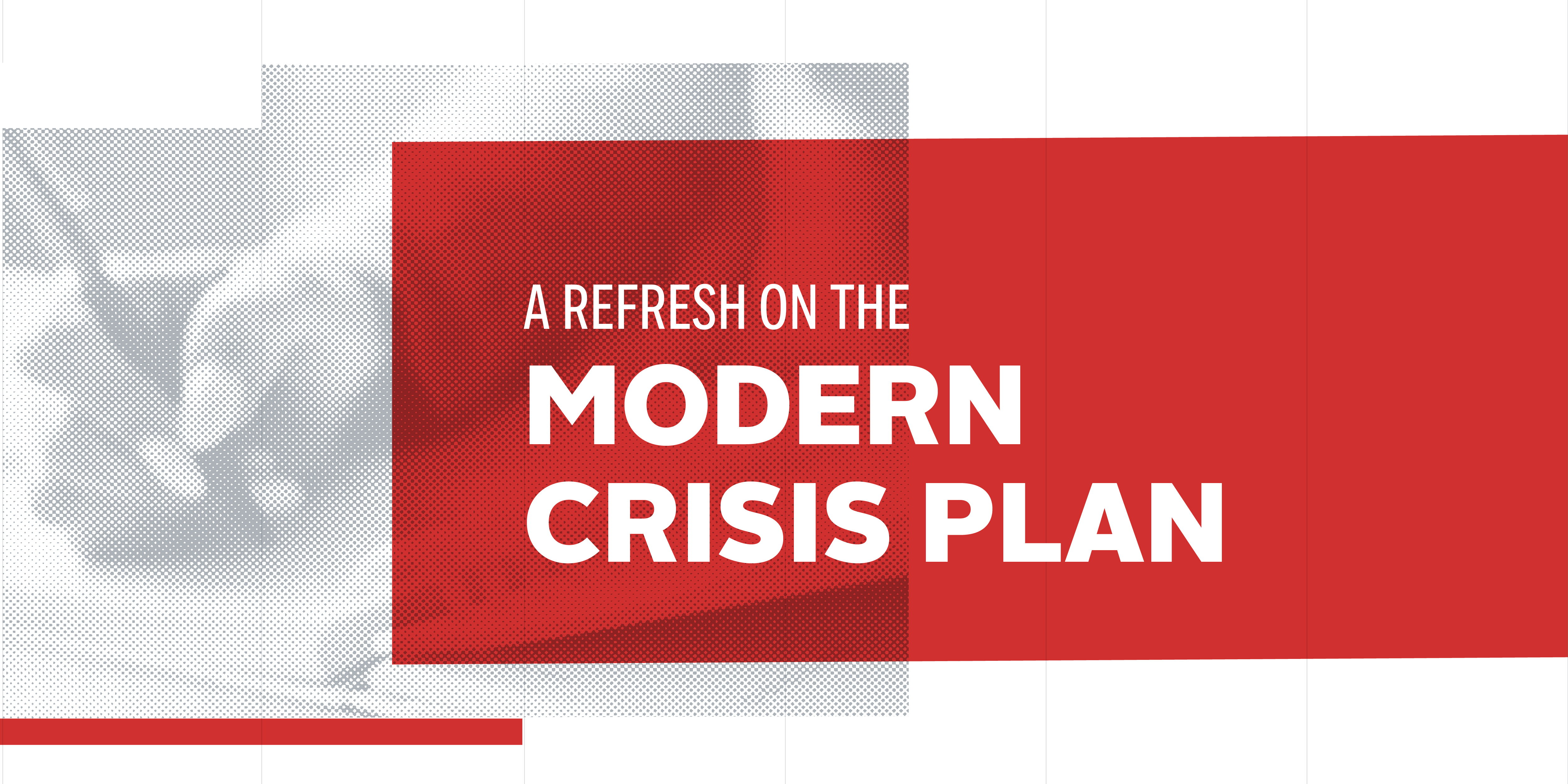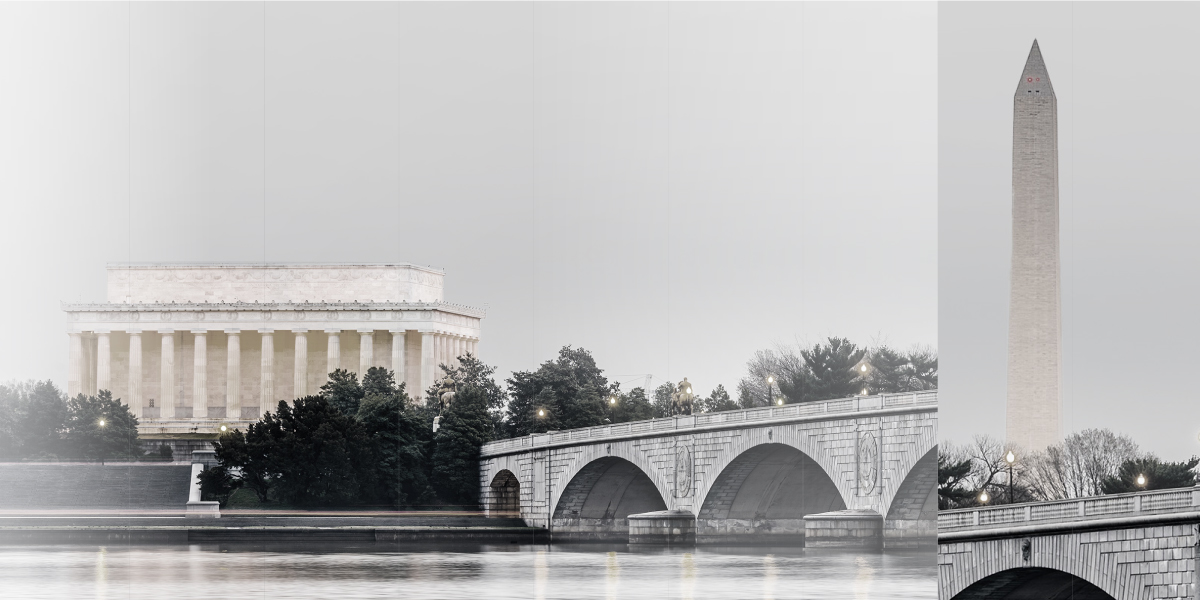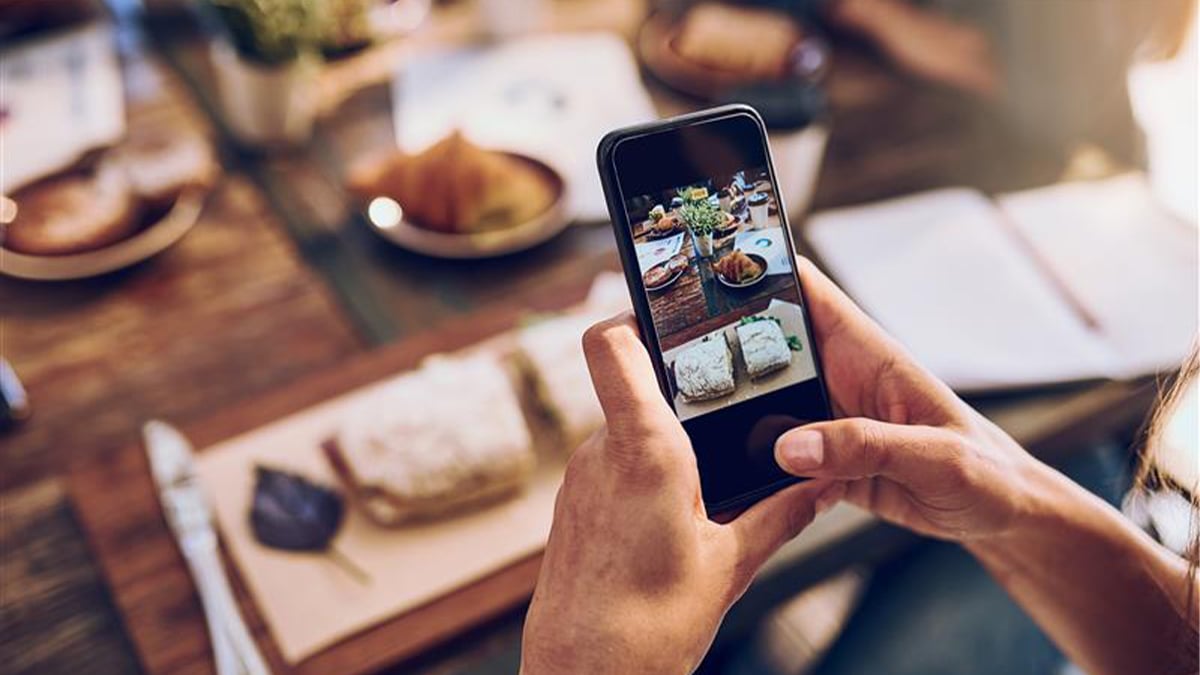Crisis communications, specifically its recent evolution and growing need, continues to increase as a topic of interest for the marketing industry and the brands we serve. Hart’s Vice President of Corporate Communications & Content, Jeff Lutz, recently spoke at two industry events, Agorapulse’s 2022 Agency Summit and PRSA’s Central Ohio Chapter’s Modern Communicators Conference, to share his perspective on why the classic crisis plan is “dead on arrival” in today’s transparency-driven world.
We are proud to share that Hart I MDB has been named Washington Business Journal’s 24th Fastest Growing Companies for 2022.
Back in late 2019, just months before the pandemic, Hart wrote a piece detailing #CancelCulture and what it meant for businesses. In that article, we outlined how to understand your company’s risks and ways to mitigate the effects on your reputation. Two years later, although we are in a much different world, #CancelCulture is as active as ever. We’re continuing to see cancellation crises due to everything from updating logos and mascot redesigns to name changes. However, now we’re increasingly seeing how the actions of individuals, such as the company’s CEO, an employee or even a board member, can result in negative implications for a brand just as much as a decision made by the brand itself.
The public relations world has been debating the best way to measure our efforts for decades. While the power of PR is undeniable, it’s extremely difficult to correlate exactly when, where and at which point these activities impact the targets’ final purchasing decision.
We discussed in our last data-focused blog, the importance of understanding data before making decisions based on it - the need to “humanize” it. We also mentioned that, as marketers, we must prepare for the demise of third-party cookies to avoid our marketing efforts falling off a cliff.
As we approach Thanksgiving and the holiday season, I always like to take a moment to reflect on the past year with gratitude. 2021 has certainly been a challenging and rewarding year for all. We’re continuing to learn how to overcome the hurdles 2020 threw our way while navigating the new obstacles and opportunities this year has brought.











